Zeroing In on CIRRUS C-PACE’s Partner Network
Tips for obtaining reduced financing rates when building green, from Tricia Baker of PACE Equity.
PACE Equity’s CIRRUS C-PACE Low Carbon financing program is a private financing product that provides a lower cost of capital to developers who commit to reductions in carbon impact. Although still in its early years—having launched in 2022—it’s making strong progress.

After establishing a successful collaboration with Phius in 2023, PACE Equity pursued the opportunity to create a strategic partnership with the U.S. Green Building Council’s LEED certification. This partnership is new, having been introduced in the second quarter of this year, but the first projects are slated to close in the following months.
“Our objective was twofold: to help developers enhance project economics and to expand market adoption of CIRRUS C-PACE financing,” Tricia Baker, senior vice president of strategy and impact with PACE Equity, told Commercial Property Executive.
LEED-aligned developers can unlock lower financing costs and roll any certification or application fees into the financing. CIRRUS financing is available at multiple project stages: new construction, mid-construction and post-construction recapitalization.
LISTEN TO: Sustainability Street Podcast—C-PACE Comes Into Its Own
“Our teams worked together to map LEED requirements to the CIRRUS Design Specification, ensuring full alignment around performance thresholds related to energy efficiency and carbon reduction,” she detailed. “As part of our financing process for these projects, our internal engineering team collects documentation already generated during the LEED certification process to verify eligibility and streamline financing approval.”
Besides formalizing its collaboration with the USGBC, CIRRUS financing has expanded its certification partner network to include 10 other green building rating systems, such as Green Globes, Passive House, Phius CORE and Phius ZERO, among others. Here’s what Baker told CPE about how these partnerships benefit developers.
What’s the typical difference between the standard financing rates and the reduced rates offered through CIRRUS Low Carbon financing?
Baker: PACE Equity offers two rates in our pricing commitments: a standard C-PACE rate and a CIRRUS C-PACE rate. The CIRRUS C-PACE rate reflects a reduction that delivers a financial benefit on average of 18 times any incremental costs that may be incurred. In the case of a LEED-certified building, since no additional changes are needed, the financial benefits are all upside!
A recent project shows a good example of how CIRRUS C-PACE works. This beautiful historic hotel is using historic tax credits and CIRRUS C-PACE funding for a major renovation to a flagged hotel. The $46.4 million renovation, using $12.7 million of CIRRUS C-PACE from PACE Equity, will save more than $1.1 million in interest over a 10-year period.
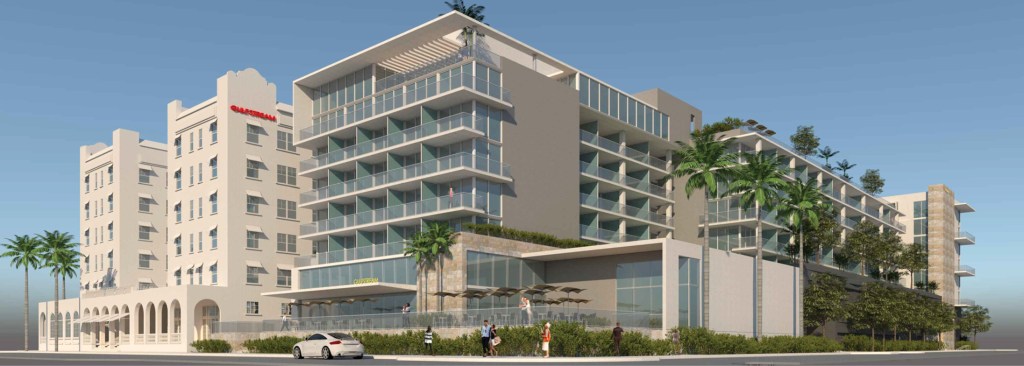
How exactly does the CIRRUS Low Carbon financing program integrate the LEED certification process to streamline project qualification and approval?
Baker: PACE Equity has an end-to-end transaction process for customers that includes in-house engineering. We conduct the required energy study for C-PACE projects. In the case of a CIRRUS C-PACE project, we also compare the building designs to our design specifications.
When we use the green building certification compliance path, we collect the green building certification documentation rather than performing the CIRRUS analysis ourselves. This works whether the project is pre-construction, mid-construction or post-construction.
What technical or design support does PACE Equity provide to projects pursuing LEED certification through the CIRRUS program?
Baker: Our in-house C-PACE engineers offer design support throughout the financing transaction. We call it Design Guidance. We use it to help customers meet the CIRRUS requirements at the lowest possible cost.
If they need to make changes to their equipment choices, for example, our in-house engineers give them specific guidance, so they meet the requirements at the lowest incremental costs and qualify for the lower cost of capital. On average, our clients spend 0.2 percent of their hard cost budget to meet our specifications.
How does the CIRRUS Low Carbon–LEED partnership support refinancing of existing LEED-certified buildings?
Baker: If an owner wants to recapitalize within three years of obtaining a certificate of occupancy, they can work with PACE Equity and automatically receive the reduced financing rate offered for all LEED-certified buildings.
READ ALSO: C-PACE in NYC: Will the Program Finally Take Off?
How is the partnership impacting market adoption of low-carbon building practices?
Baker: Our vision is that the partnership will encourage owners who are building to LEED standards to use our program and the financial benefit it unlocks. The cost of LEED certification can also be covered by our funding, which should be encouraging to owners who are undecided about pursuing it. Both organizations want to foster better buildings with lower carbon footprints.
To what extent does the CIRRUS Low Carbon financing program align with other green certifications and how do these complement LEED certification requirements?
Baker: We’ve partnered with certification programs that share our commitment to advancing low-carbon, energy-efficient buildings. These organizations promote high-performance design, responsible material use and climate-conscious construction. These principles align directly with the goals of CIRRUS Low Carbon financing and PACE Equity.
By recognizing certifications like LEED and others, we ensure that developers pursuing meaningful sustainability standards can access the financial benefits of our reduced-cost capital.


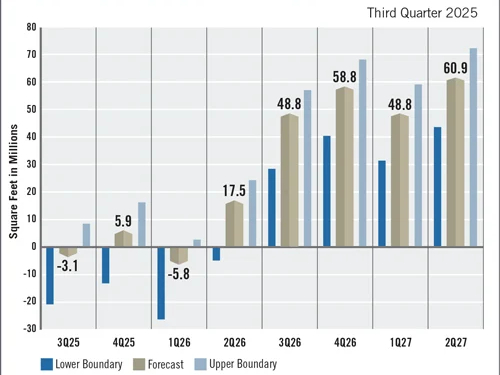
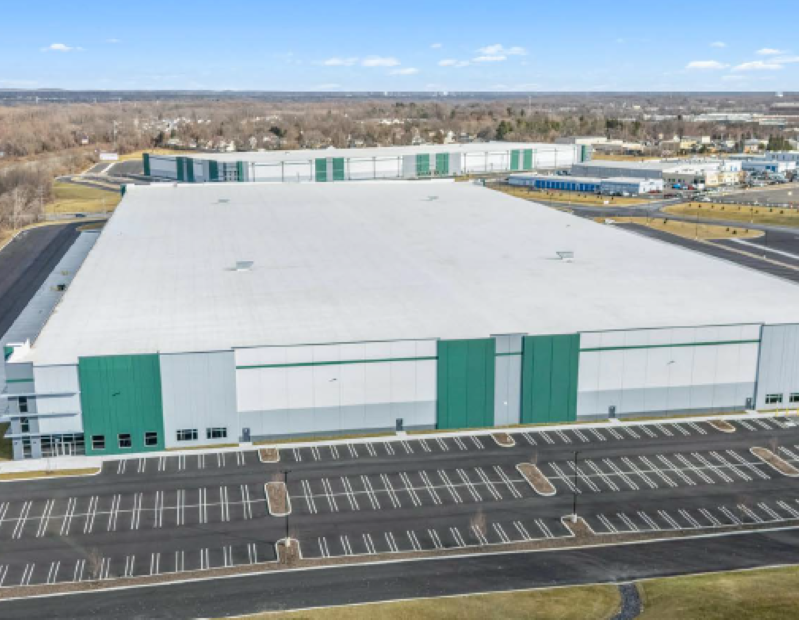
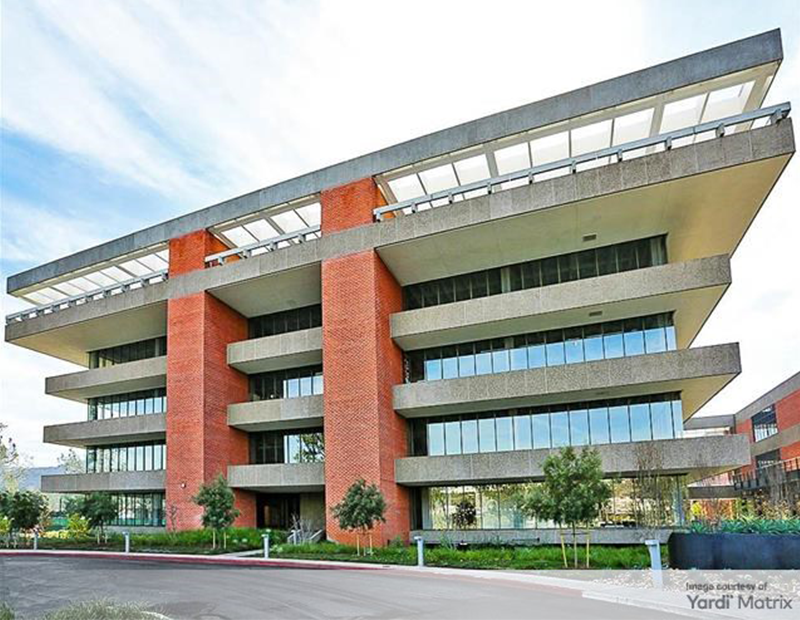
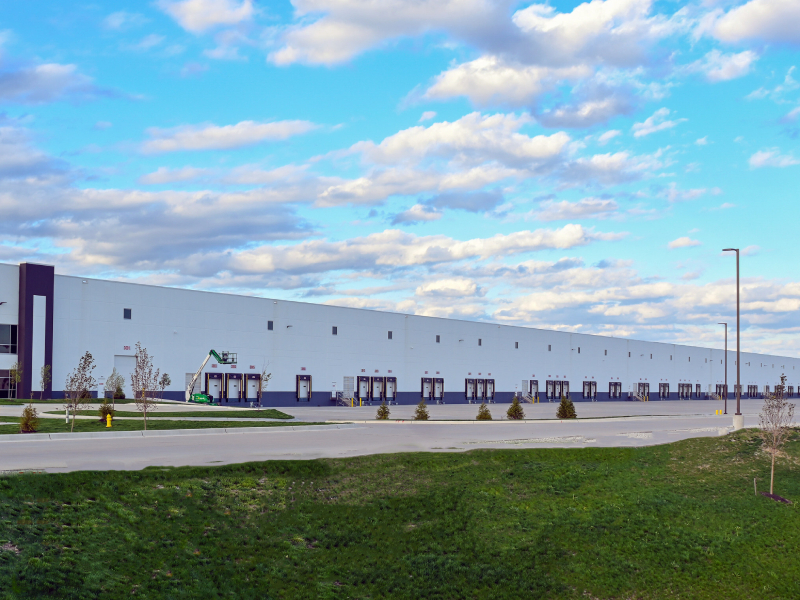
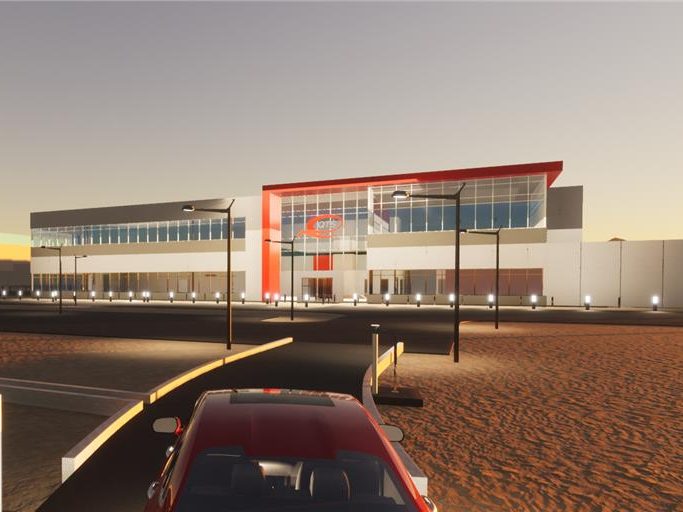
You must be logged in to post a comment.